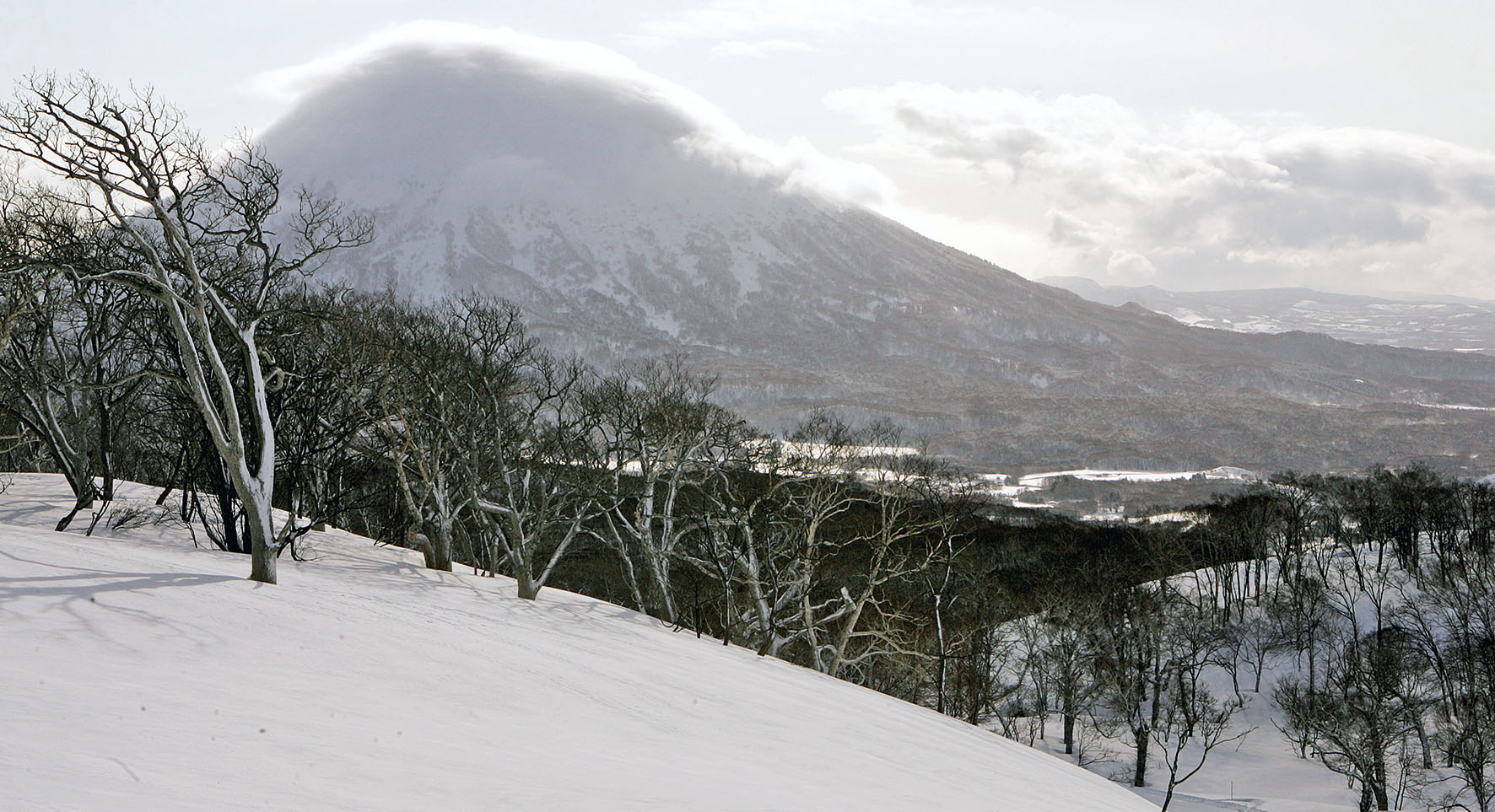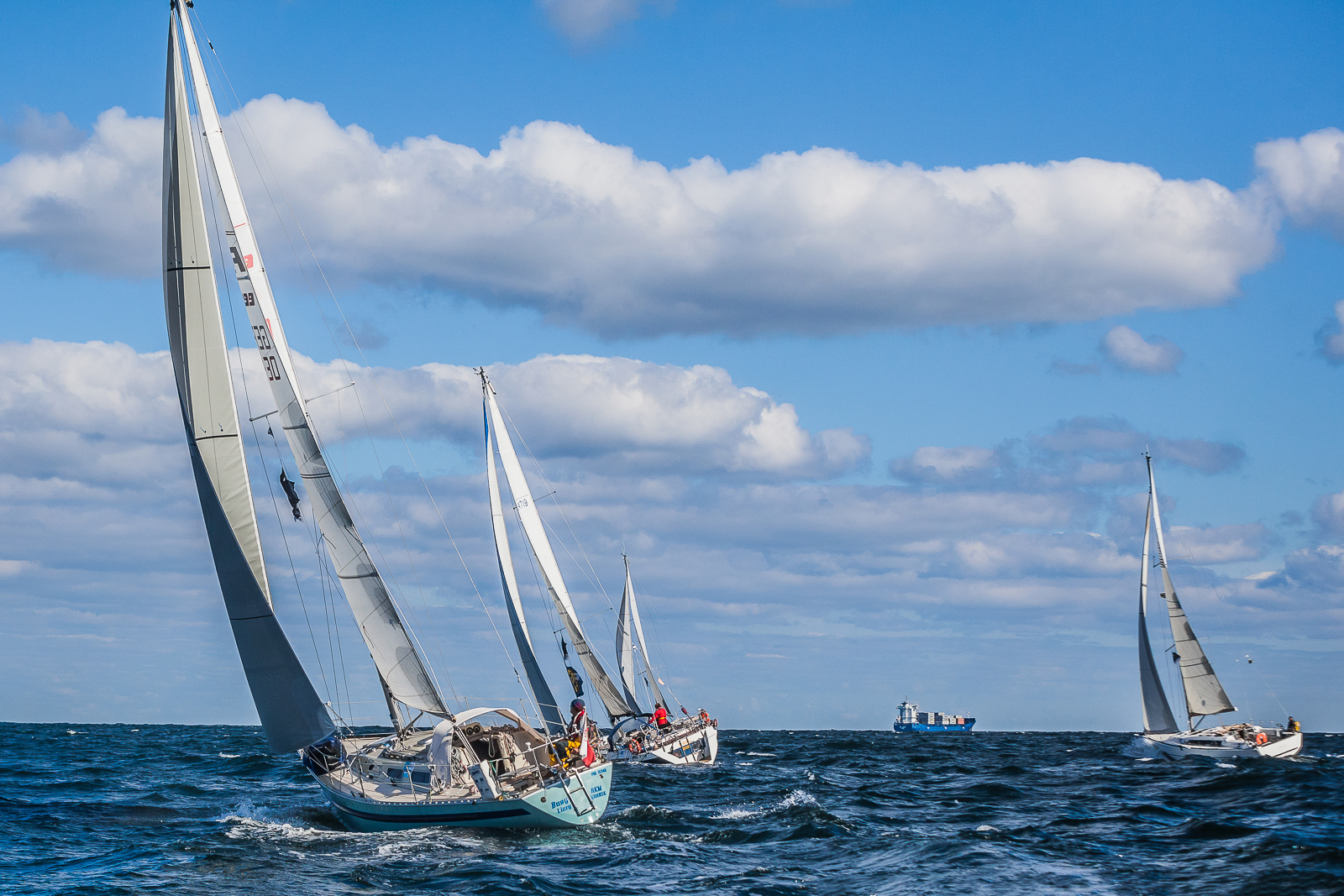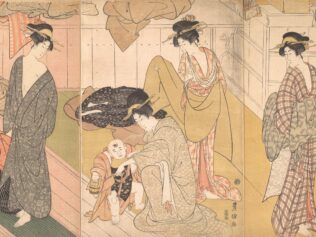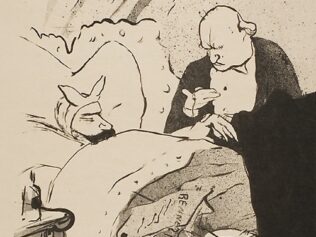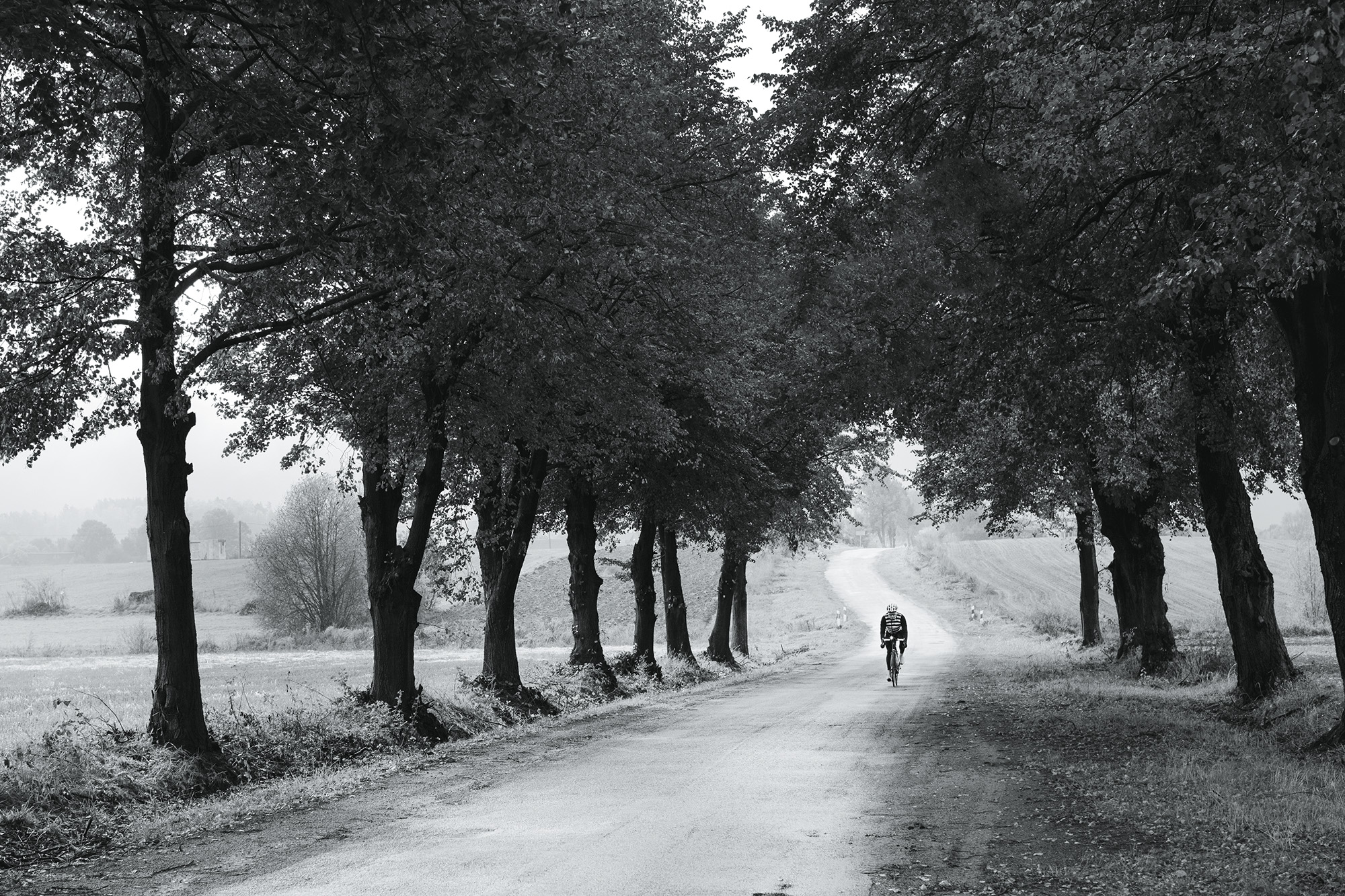
Japan is an increasingly popular destination for skiers and snowboarders who want to experience real powder. Pictures and videos of people riding neck-deep snow (either on a two- or one-bladed object) fire the imagination, and meteorological data show that an exceptional amount of snow falls in Japan. About 72% of the country is covered by mountains, and the majority of them are perfect for winter sports. The best resorts are on the island of Hokkaido, and the most popular is Niseko – mentioned in many global ski rankings as a must-ski location. But it’s not the rankings that should convince you to plan a ski trip to the Land of the Cherry Blossoms; there are at least 10 reasons.
ICHI (one) – The snow
As in Europe, winter in Japan lasts from December to March, but the snowfall is exceptionally plentiful. In the north of the country, the cover often exceeds eight metres, and white flakes fall from the heavens on average for 130 days in the year. This is caused by masses of cold air that arrive from over Siberia and meet warm, moist air over the Sea of Japan, creating moisture-packed snow clouds. The falling snow can be so thick that you can’t see your hand in front of your face, and as much as two metres can fall in a 24-hour period.
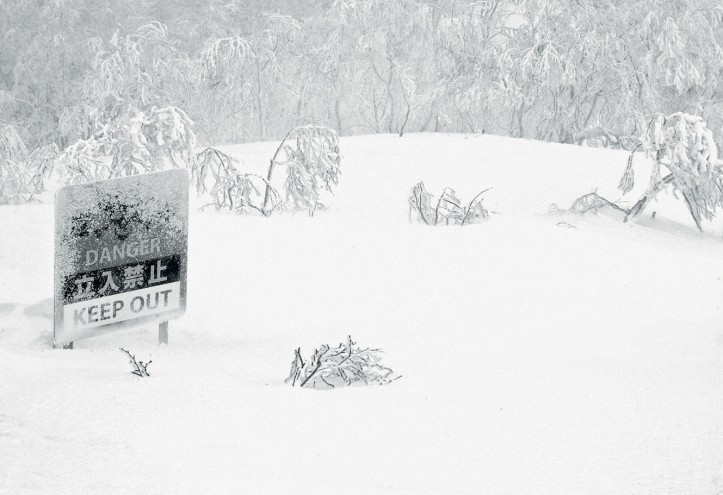
The quantity of snow is one thing, but it also differs qualitatively from what you find on Kasprowy Wierch or in the Austrian Alps. Frozen by the Siberian blasts, the powder falling on Hokkaido is very light and dry, and with an average winter temperature of –5°C it keeps the same form on the slopes, guaranteeing an incredible riding experience.
NI (two) – Freeriding
Those who love off-piste definitely dream of Japan. Freeriding is an adventure – when you leave the groomed trails you can discover a lot more than you can just zipping down along the lifts. To ski down a trail, you don’t need to fly 8000 kilometres; you come to Japan to ‘swim’ in clouds of powder between the trees and jump through snowy pillows. Turning is easy in the light snow, and feels more like something between swimming and flying than skiing.
Freeriding is allowed and easily accessible in most resorts. You just need to get a little way off the groomed slopes. For those who aren’t afraid of taking touring skis or a splitboard to the summit, the opportunities are practically unlimited. After a few days of snowfall, you have to get up early to get up the mountain: the number of Japanese fans of riding fresh powder is growing – and they don’t like to sleep in.
SAN (three) – Night skiing
While skiing after dark under artificial light isn’t really anything unusual, the Japanese have managed to take night skiing to a completely new level. The Grand Hirafu resort on Hokkaido has invested in lighting up the entire mountain, making it possible to ride off-piste late into the night. This is most likely the only place in the world where, under lamps that would do a Premier League stadium proud, you can lay down first tracks even after dark.
YON (four) – Relaxation
A must-see element of the programme after a whole day of riding the powder is a visit to a hot spring (onsen). Japan is a volcanic country, so natural springs can be found at every turn. Sinking into the warm, slightly sulphuric-smelling water relaxes and regenerates your muscles. A visit to the springs is a good way to meet ordinary Japanese people – who are huge fans of onsens – and to get to know the traditional aesthetics enforced there. Everyone bathes nude; women have their own spring, as do men. The time you spend in the water is meant to be one of relaxation, which is why it’s forbidden to swim, splash or talk loudly. Of course, things like eating, drinking or taking pictures are strictly prohibited. Some onsens don’t admit people with tattoos, which in Japan are still associated with criminal gangs.
GO (five) – The food
Japanese cuisine isn’t just sushi, but also exceptionally tasty soups. A big, steaming bowl of ramen with beef and egg is the ideal meal, especially when the snow is still falling and a few runs in fresh powder have sharpened your appetite. Of course, the best food is in the places crowded with locals, where you can get traditional udon noodles, soba soup and the vegetable dish kenchin. Although the Japanese eat very quickly, it’s worth taking your time over this dish, savouring its aroma and flavour.
At a roadside 7-Eleven convenience store, there’s no way you can avoid trying at least one of Japan’s many snacks: seaweed chips, rice cakes, wasabi nuts or dried algae – every package contains a new flavour.
ROKU (six) – The people
It’s nice to be where everybody’s nice. That seems to be the attitude of most Japanese people, who are warm, helpful and eager to interact. They’re friendly toward tourists, though in exchange they expect you to follow the rules. Politeness, discipline and hard work are the notable characteristics of the Japanese, but they can also be companionable, entertaining and lots of fun, especially in the evenings over the light local beer.
It’s worth getting to know the local freeriders – they’ll show you the best slopes!
NANA (seven) – Snow sculpting
Snow sculptures are the Japanese equivalent of Poland’s garden gnomes. In the winter, you can find Pokémon or dragons made from ice in front of every house, at the entrances to lifts, and also in the most unexpected places.

The peak of the sculpting madness comes in February, when in Sapporo the world’s largest snow sculpture festival is held. The flights of fancy with which participating artists create their works is shown by how the largest work was a snow replica of the Arc de Triomphe, almost 20 metres tall. Interestingly, in last year’s competition, a group of Poles took fourth place.
HACHI (eight) – Tradition
Tradition is present here at every step – beginning from the Japanese welcome, which is a bow. In Japan you don’t shake hands (much less kiss) to say hello. While Japanese people put on kimonos only for special occasions, you’ll often meet people wearing a yukata, a simple cotton household garment.
Here, there are so many traditional customs and unthreatening ‘superstitions’ that it’s best not to be surprised by anything. After the first ice is broken, the Japanese are eager to explain everything and to advise you on how to act in any situation.
KYŪ (nine) – Technology
Although on the northern island of Hokkaido the internet isn’t available everywhere, advanced technologies are omnipresent. The best example is the toilets: in addition to the standard heated seats, they usually have a more or less complicated control panel with numerous buttons, whose functions can be tested by braver travellers.
JŪ (ten) – Tokyo
When planning your visit to the Land of the Falling Fluff, it’s worth setting aside some time to visit one of the world’s largest metropolises. In Tokyo there’s not too much precipitation in winter, and the temperature fluctuates around 10°C, so it’s no problem to see this great and diverse city. Though the schedule of the Tokyo Metro at first glance looks like avant-garde graphic art, you can use it to get anywhere, and – yes, it’s true – most Japanese people sleep between stations. They wake up precisely at their stop, and only a few of them have papers reading “Wake me at Ikebukuro”.
Translated from the Polish by Nathaniel Espino


